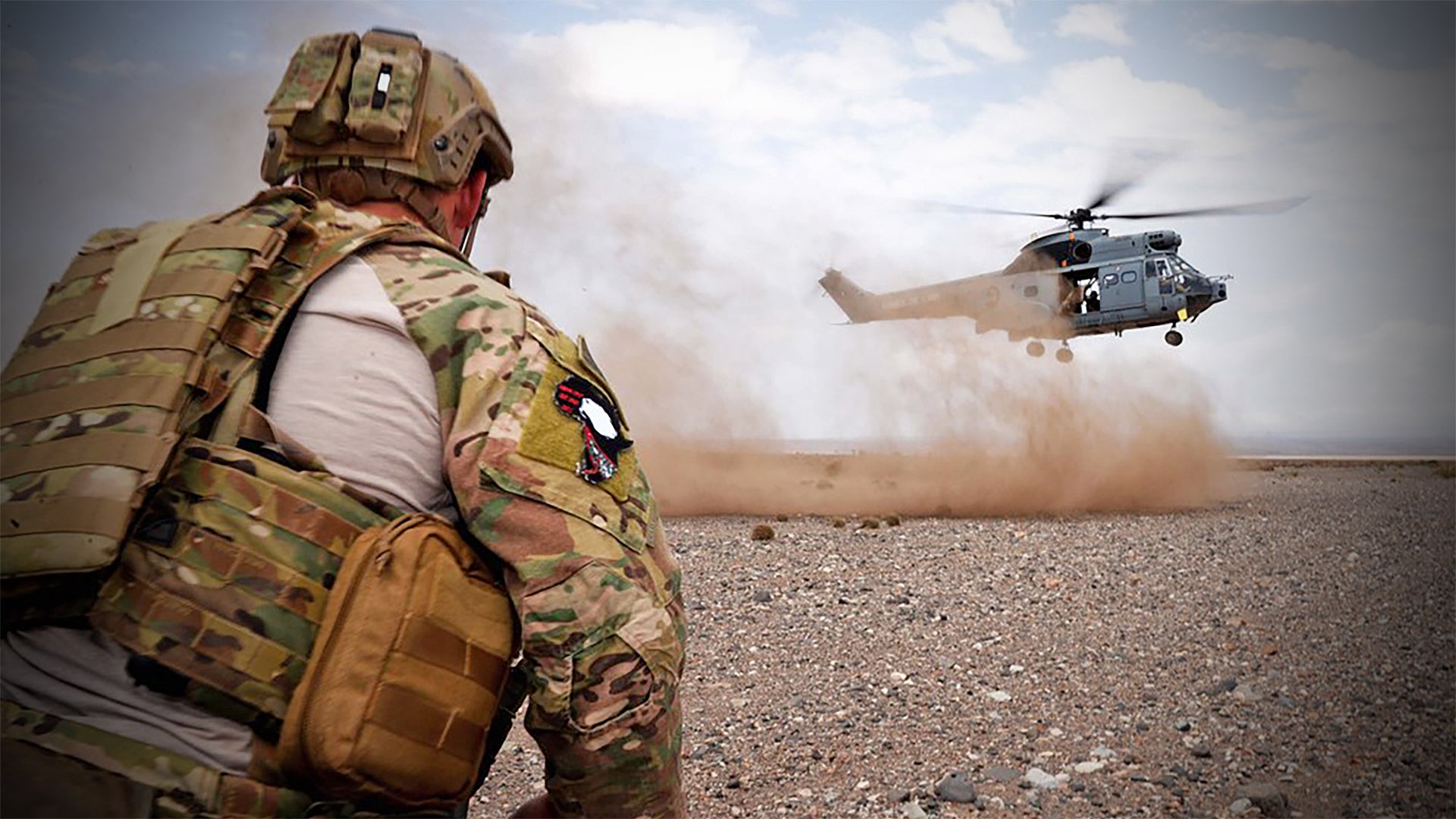The revelation that a private contractor took part in the efforts to rescue American service members who came under attack in Niger, which The War Zone first reported, has prompted renewed scrutiny of the U.S. military’s preparedness in the region and even viral conspiracy theories about the incident. In reality, already underscored by the infamous Benghazi incident, it highlights a long-standing set of issues and it’s a wonder such things haven’t occurred more often.
For more on why the U.S. military has a presence in Niger in the first place, we have a detailed explainer here. You can also find in depth information about American deployments across Africa in general here.
At the core of the present debate is why American soldiers in Niger had to rely primarily on air support from French forces in the area, as well as contract aircrews stationed in the country’s capital Niamey, after they came under attack from militants near the border with Mali on Oct. 4, 2017. How this all contributed to U.S. Army Sergeant La David Johnson ending up missing for two days afterwards before local forces found him dead remains unclear. That the combined force of U.S. and Nigerien troops reportedly rode in unarmored vehicles and had only personal weapons when they encountered more than 50 enemy fighters in trucks with machine guns and rocket propelled grenades has only served to add apparent insult to injury, though.
The U.S. military isn’t the Peace Corps
“There’s a reason that we have U.S. Army soldiers that are not the Peace Corps. Because we carry guns,” Secretary of Defense James Mattis said, defending the response during a shared Press Conference with Israeli Minister of Defense Avigdor Lieberman on Oct. 19, 2017. “It’s part of the danger that our troops face in these counterterrorist campaigns, but remember we do these kinds of missions by, with and through allies. It is often dangerous; we recognize that. … This is an example of how seriously we take this mission that we put our troops in that position.”
Mattis is among other members of President Donald Trump’s administration who have begun to challenge the emerging narrative in the media that the U.S. military had bungled the mission and that it was unprepared to respond properly during such a crisis. U.S. officials have stated on and off that record that there are a number of reviews and investigations in process, one of which now includes members of the Federal Bureau of Investigation.
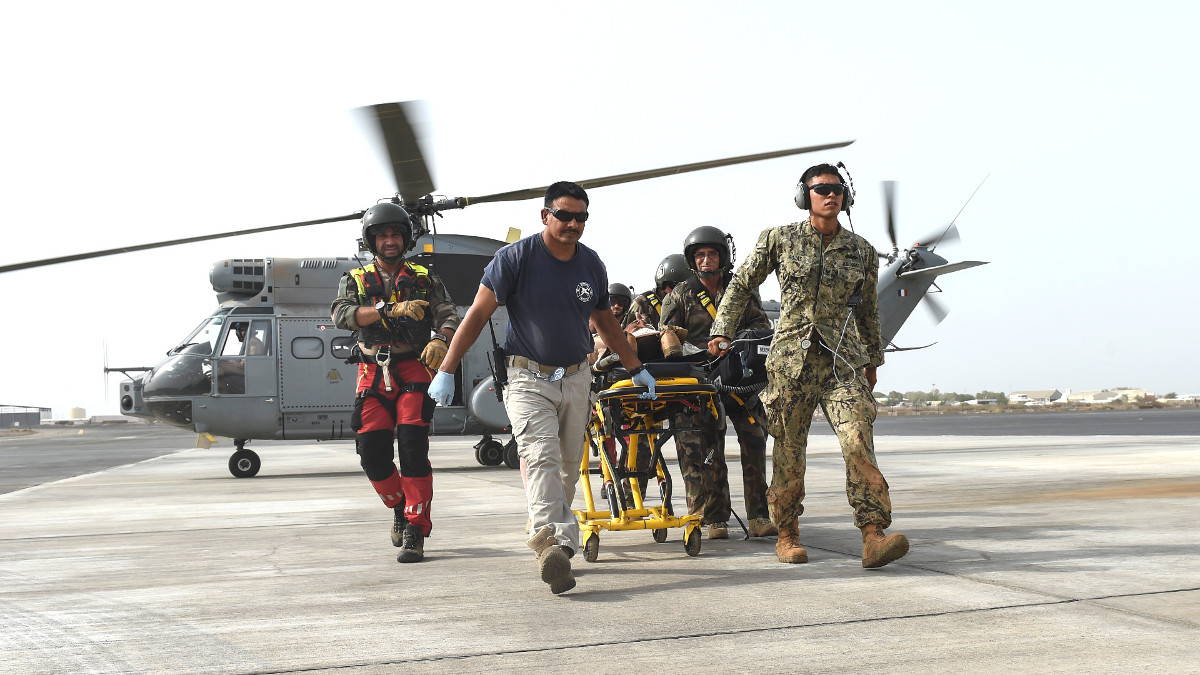
“There’s an investigation ongoing,” White House Chief of Staff John Kelly told reporters during rare and impassioned remarks, in which he invoked the loss of his own son in combat and lambasted the press for their handling of the incident, despite offering no new substantive details about what happened and why when a reporter asked him directly. “An investigation doesn’t mean anything was wrong. An investigation doesn’t mean people’s heads are going to roll.”
And to be sure, there has been something of a “CSI effect” when it comes to the general public’s expectations of U.S. military capabilities. This term specifically refers to an apparent impact on the American justice system from the popularization of forensics in television and movies, leading to a common, but false assumption that this type of evidence, DNA samples in particular, should be readily available in all criminal cases.
The representation of the U.S. military and special operations in particular in popular media has definitely created the need for a corollary of sorts. Some of the first questions reporters wanted to ask after the attack in Niger were “where were the drones?” and “why couldn’t they call in an air strike?”, neither of which are capabilities automatically available to all American military units overseas, even those working hand-in-hand with foreign troops on counter-terrorism missions.

Reports that U.S. special operations forces are “carrying out nearly 100 missions at any given time” across Africa ignore the varied nature of these activities. They can definitely include secretive kill and capture missions, but are more likely to involve much more banal things such as basic drills on the firing range, leadership conferences, various courses in a classroom setting, pop-up clinics, and just driving around with friendly forces and observing them as they go about their daily business.
Though the details remain murky and conflicting about what happened near the Nigerien village of Tongo Tongo on Oct. 4, 2017, the most consistent parts of the story suggest that the U.S. troops and their partners from Niger’s specialized Bataillon Sécurité et Renseignement (BSR), or Security and Intelligence Battalion, stopped to resupply and engage with locals. Establishing links with the village elders, who are likely the real power brokers in the area, would serve civil affairs and
human intelligence goals, explaining the nature of America’s presence in the country, while also taking the opportunity to ask important questions about local security.
What happened next is unclear, with reports suggesting that the Americans and the BSR contingent, the size and composition of which remains almost entirely unknown, may have been ambushed after their meeting in Tongo Tongo or even lured into a trap just outside the village. Inexplicably, no group has officially claimed responsibility for what would be, if nothing else, a major propaganda victory.
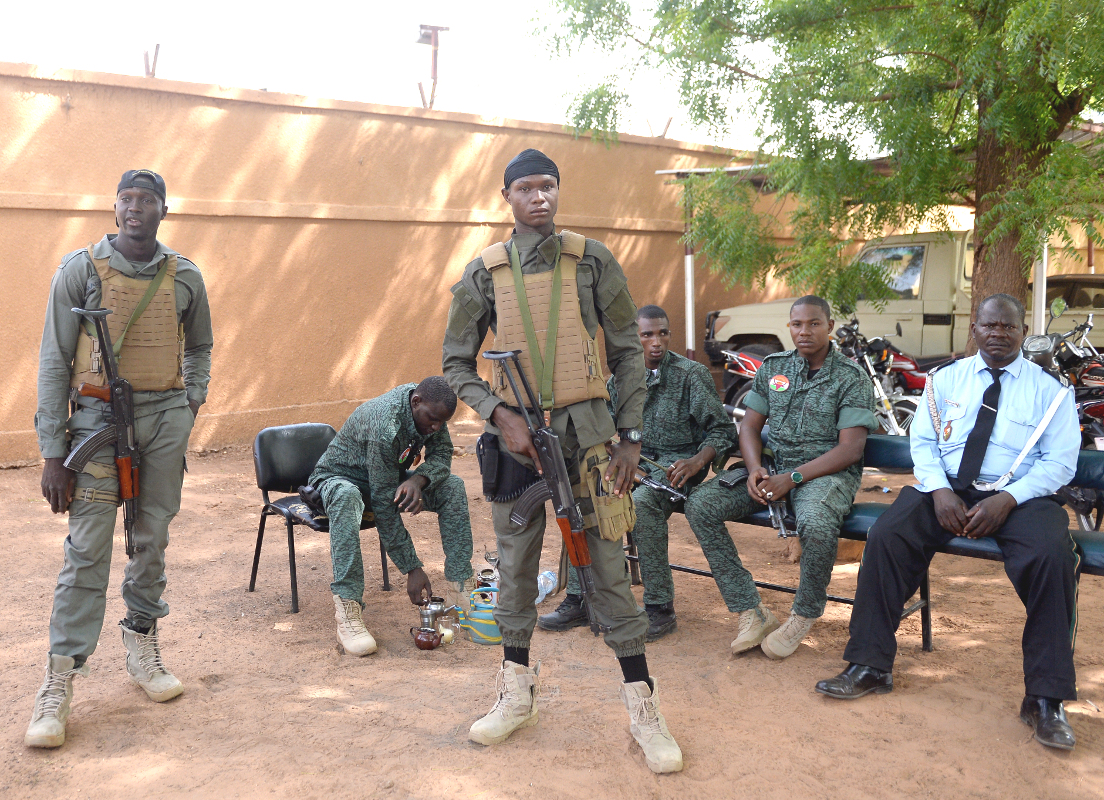
Dangers everywhere
But while it’s unfair to expect every U.S. military mission to look like the massive operations in Iraq or Afghanistan, and most Americans probably wouldn’t want them to, it is still more than reasonable to ask whether or not troops across Africa have adequate resources in place. As has become clear in Niger, these forces are operating in areas full of hazards, from terrorists to infectious diseases to just poor roads, where routine missions can quickly become anything but.
It’s perhaps worth noting that more American special operations forces have died due to road accidents in Africa in the last five years than during the ambush in Niger. In April 2012, three special operators died in Mali, along with a trio of Moroccan prostitutes, in a particularly bizarre incident. There was reportedly another similar accident sometime in the 2000s in Nigeria’s capital Abuja, where an American special operator in that country drunkenly ran a rental vehicle into the wall of the Belgian Embassy, but was not seriously injured, which I have not been able to confirm.
In June 2013, a U.S. Army soldier who had served with the virtually unheard of U.S. Special Operations Logistical Support Element – part of the Joint Special Operations Command – and then transferred directly to the U.S. Army Special Operations Command headquarters, died in another car crash in Kenya. Eight months before the attack in Tongo Tongo, another member of the U.S. Army’s 3rd Special Forces Group (Airborne) was killed during what the U.S. military described as “routine administrative movement.”
That’s not to mention the number of times American personnel, including special operators, have been swept up in terrorist attacks and political crises elsewhere in Africa. Notably, in January 2016, American and French special operators rushed to respond to terrorist attacks in Burkina Faso’s capital Ouagadougou.
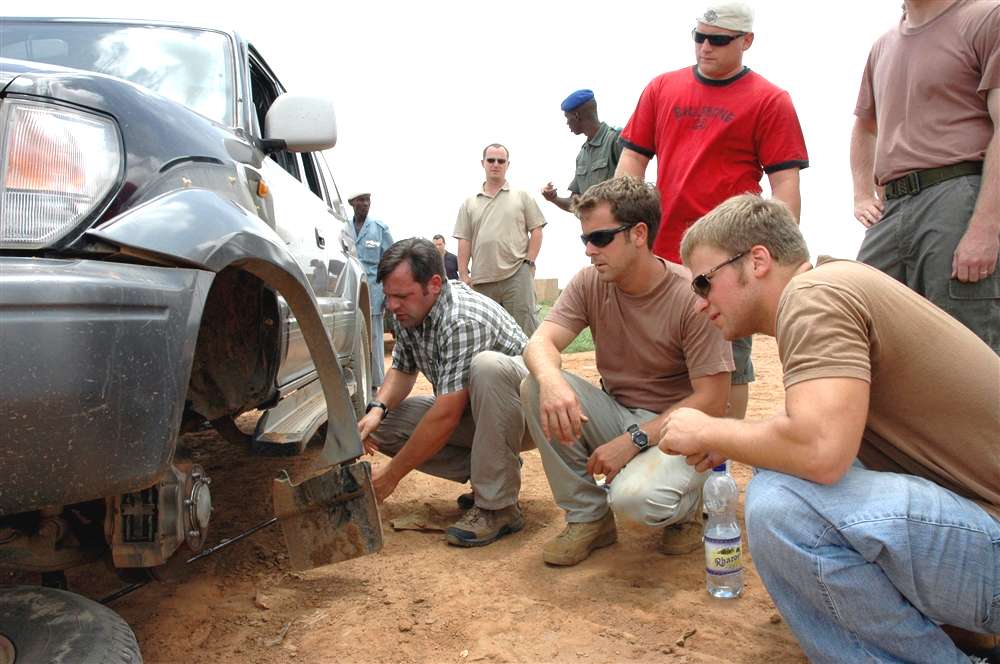
As such, concerns about access to sufficient medical care and other support are not new or unknown to the U.S. military and predate the incident in Benghazi in 2012. U.S. Africa Command (AFRICOM), which first came into being in 2007, and U.S. European Command, which managed the bulk of American military activities on the continent before that, have both emphasized a “light footprint” approach with no official “bases” and most troops officially only on temporary deployments. AFRICOM’s headquarters is in Germany and all of its service components are similarly situated in Europe.
The reason for this, in no small part, is to accommodate partner governments that worry a major influx of American troops might prompt fears of a neo-colonial invasion. In many cases, many already accuse these regimes of human rights abuses and stifling political dissent, so they’re undoubtedly interested in avoiding provoking any additional domestic opposition.
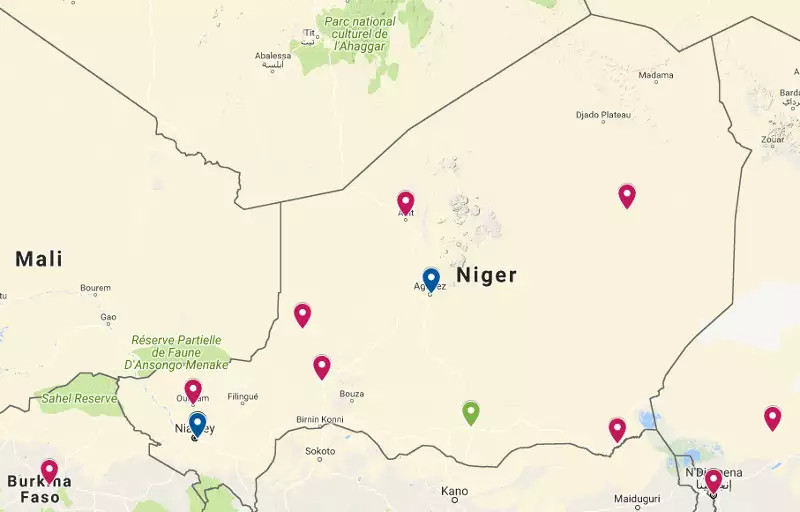
Make sure to check our updated interactive google map showing the U.S. military’s posture in Africa that posture in Africa
“African governments want a small U.S. footprint. They watch what we’ve done in other places, and it scares the hell out of them,” U.S. Army Brigadier General Donald Bolduc, who led Special Operations Command Africa until retiring in June 2017, told The New Yorker earlier in the year. “Quite frankly, it scares the hell out of me, too.”
Beyond the sprawling American facilities at Camp Lemonnier in Djibouti, the U.S. military rarely names or even acknowledges a network of tiny forward outposts across Africa. Refusing to call Camp Lemonnier a “base” is a technicality that serves a political purpose, but also reflects a general attitude toward operations on the continent. Before 2007, that particular site was the responsibility of U.S. Central Command and it remains a hub for operations primarily in Somalia and across the Gulf of Aden in Yemen.
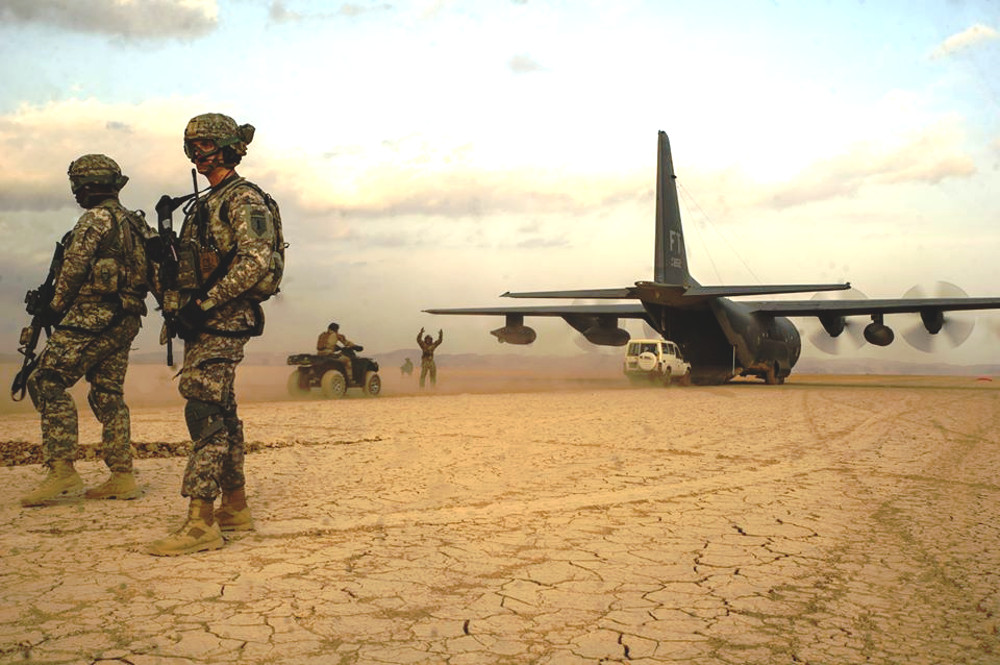
An operational backwater
Operations elsewhere, including in Niger, have not received nearly the same attention or resources. Since its creation, in general, AFRICOM has had to rely heavily on forces assigned to other commands. During the United Nations-approved, NATO-backed intervention in Libya in 2011, U.S. Air Forces Africa (AFAFRICA) actually had to move next door into to the U.S. Air Force’s in Europe’s (USAFE) command center since it was simply not otherwise able to run a major air campaign. The Air Force subsequently decided to scrap the idea of a separate component for Africa and the head of USAFE is now also in charge of AFAFRICA to help streamline the sharing of resources in a crisis.
On the continent itself, contractors quickly became another important way to make up the lack of resources, especially with regards to aerial support, including cargo hauling and medical missions, as well as intelligence and reconnaissance flights. In line with AFRICOM’s “light footprint” policy, many contracts have specifically said contractors must paint their aircraft white so as not to give off an obvious military connection and that U.S. military officials would only approve alternate colors on a case-by-case basis.
Though now in the public eye, Berry Aviation, and its subcontractor Air Center Helicopters, Inc., have been on call for airlift and casualty evacuation services in Niamey since at least 2014. Before then, Berry had run this operation out of Ouagadougou, where it still reportedly maintains a presence. When that shift occurred, I was among those to surmise, very accurately as it turned out, that it indicated the mission in Niger was becoming much more important.
The use of contractors hasn’t always been ideal. In July 2014, a small twin engine CASA 212 cargo plane carrying American special operators made an emergency landing in Uganda, shining a light then on the secretive American mission to help African forces hunt down members the Lord’s Resistance Army and the group’s enigmatic leader Joseph Kony. Thankfully, no one was injured.
At the time, EP Aviation, a wholly owned subsidiary of AAR Corporation, operated the plane on behalf of the U.S. military. Infamous private military contractor Erik Prince had formed the company, which he named after himself, before selling it off to AAR. EP Aviation still has this contract for airlift and casualty evacuation support across Central Africa.

Things haven’t always been better when the U.S. military has tried to put together ad hoc missions for higher risk scenarios. In December 2013, three Air Force Special Operations Command CV-22B Osprey tilt-rotors, assigned to U.S. Central Command, but based in Djibouti, flew to the city of Bor in South Sudan to help American citizens evacuate the country as it descended into civil war following an attempted coup.
As the aircraft came in to land in what they believed was a safe landing zone, a barrage of gunfire and rocket propelled grenades slammed into all three Ospreys, leaving three U.S. Navy SEALs on board one of the tilt-rotors clinging to life. Leaking fuel and full of bleeding special operators, the aircraft raced to Entebbe airport in Uganda, the nearest secure and well established U.S. “forward operating location.” There American medics stabilized the wounded before aircraft arrived to fly them to the Landstuhl Regional Medical Center in Germany.
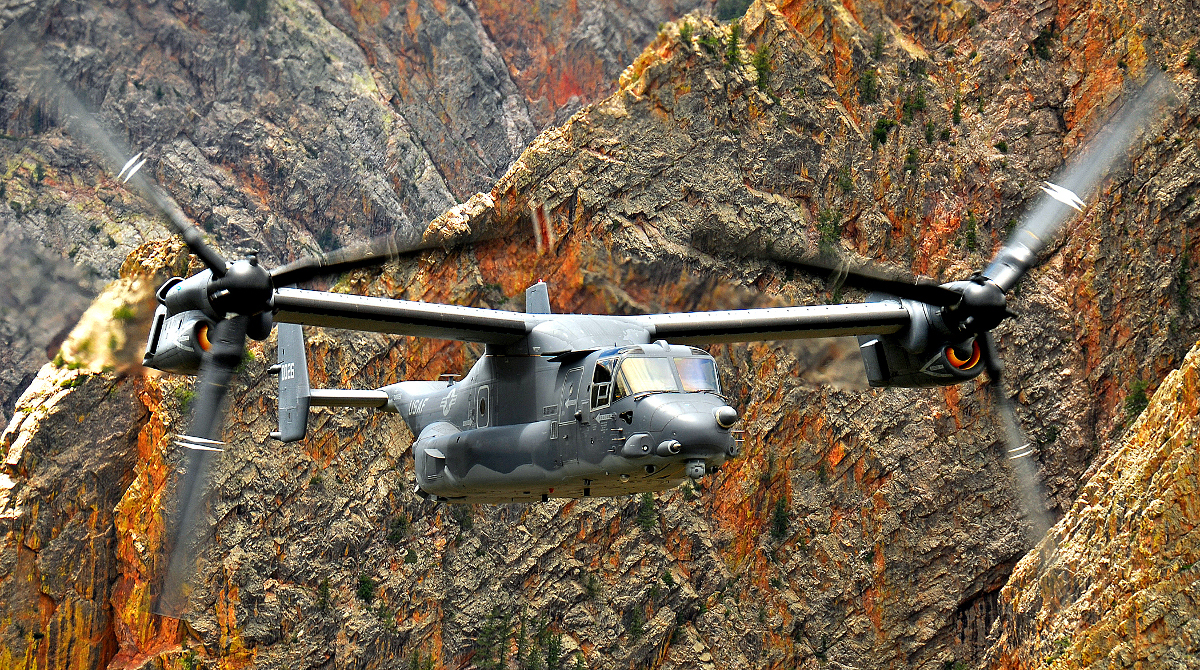
Limited resources
This was notably after the Benghazi incident had prompted significant reviews of the U.S. military’s ability to respond to crises in Africa, which had led to the establishment of a variety of dedicated rapid reaction elements on the continent and in Europe. Since then, there isn’t much indication that the force posture in Northwestern and Central Africa has changed dramatically. While there is an East Africa Response Force, made up of Army troops and Air Force aircraft, now in Djibouti, there is no counterpart on the other side of the continent.
There are similarly no forward deployed U.S. military manned combat aircraft anywhere in Africa besides in Djibouti. America’s drone operations in northwestern Africa, though they receive a significant amount of press attention, are themselves actually relatively small deployments. A typical unmanned combat air patrol consists of four aircraft, with the idea being that this allows for a single aircraft to be over a target area at all times. One aircraft is on station while the previous drone is heading back to base to refuel and possible rearm. At the same time, Another is already heading out to take over the mission. A fourth is in reserve in case an accident, break down, or some other issue sidelines one of the other three.
On any given day the U.S. Air Force has approximately 65 of these patrols at work around the world. The Central Intelligence Agency has a number of its own drone packages, as well. However, many of the missions in Africa have made due with single MQ-1 Predator or MQ-9 Reaper drones.
As of 2013, the 3rd Special Operations Squadron, based at Cannon Air Force Base in New Mexico, was remotely operating three individual drones in support of three different regional special operations commands, according to an official history the author previously obtained via the Freedom of Information Act. It’s no simple task to redirect these limited assets from their assigned missions on any given day to respond to a rapidly developing crisis.

In some cases, smaller elements may have access to shorter range unmanned aerial vehicles, such as the Scan Eagle or RQ-21 Black Jack, but generally for surveillance purposes only. With the limited resources at many of these forward sites, contractors are often responsible for running those flights.
The larger MQ-9s are still relatively, slow as well, making it difficult for them to quickly rush to the scene even if they’re available. There was a reason why the French Air Force’s fast-moving Mirage 2000 fighter jets based in Chad were the first air support to arrive after the attack in Tongo Tongo. When they arrived, their ability to help out was greatly limited by the apparent confusion on the ground, with friendly forces “overlapping” with the militants, according to French General Staff Colonel Patrick Steiger. Initial reports said that French still did not have approval from Nigerien authorities to engage targets on the ground when they arrived. There is no indication that there was a joint tactical air controller or similar individual on the ground with the necessary equipment or training to communicate with the pilots overhead to even discuss the possibility of what would’ve been a risky strike.
In delivering his annual posture statement to the Senate Armed Services Committee in March 2017, U.S. Marine Corps General Thomas Waldhauser, head of AFRICOM, specifically noted many of these issues. He complained that he could only meet 20 to 30 percent of the intelligence, reconnaissance, and surveillance requirements in his command and highlighted both the reliance on contractors casualty evacuation and the lack of sufficient medical capacity for American forces on the continent.
“While the command has been able to succeed in multiple efforts, our mission is impacted by inconsistent resourcing of key requirements and capabilities,” Waldhauser told legislators in his prepared remarks. “These constraints risk our Soldiers, Sailors, Airmen, Marines, Coast Guardsmen, and Civilians executing activities on the African continent.”

There are also reports that before the incident in Tongo Tongo, the head of Special Operations Command North and West Africa, which manages U.S. special operations activities throughout the region, had asked for additional support. The Embassy in Niger apparently rejected this request, fearing the political impact of an increased American presence, which has already grown eight fold since 2013.
With all this in mind, it’s hard to imagine that heads won’t roll, despite what White House Chief of Staff Kelly’s words of caution. But as we can see, the outrage over the outcome in Benghazi was tempered by the relative rarity of these incidents. As the public outrage over the actual particulars of that debacle subsided, so did any impetus to dramatically change the U.S. military’s force posture and contingency plans in much of Africa.
There’s already immense focus on how President Trump and his administration have handled the notification of the families rather than the specific particulars of the mission to Tongo Tongo, which remains largely unexplained. Within the U.S. military, there will undoubtedly be significant soul searching as the review of the incident continues, but domestic and foreign political considerations, limited resources, and other factors may prevent anyone from implementation substantive changes on the ground any time soon.
What is clear is that something like this has been a long time coming and its something that could easily occur again in the future under the present circumstances.
Contact the author: joe@thedrive.com
